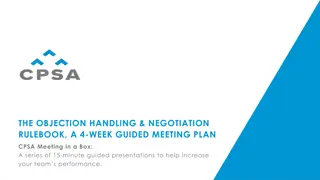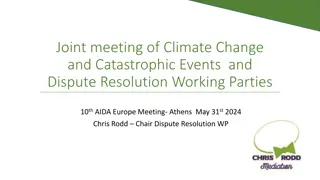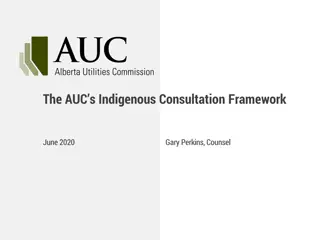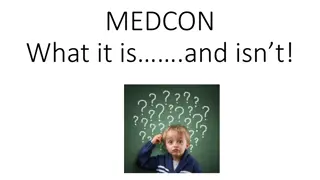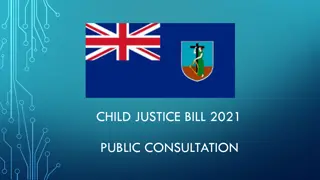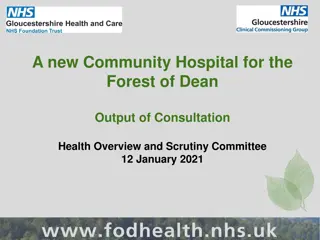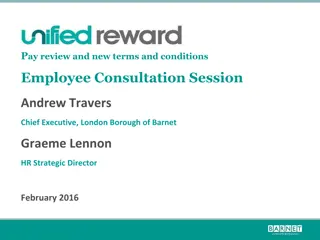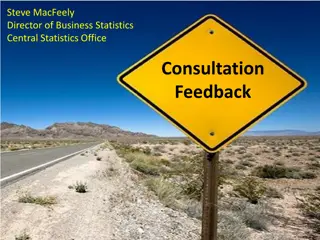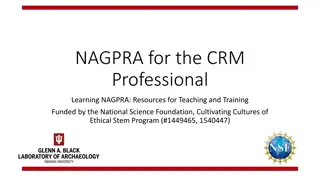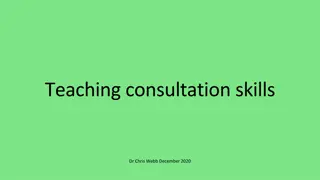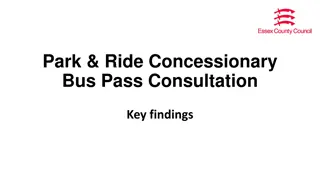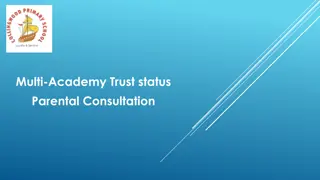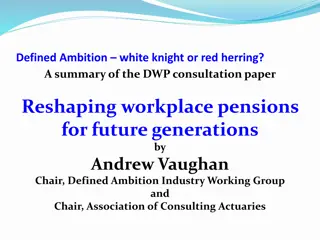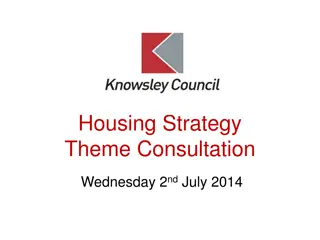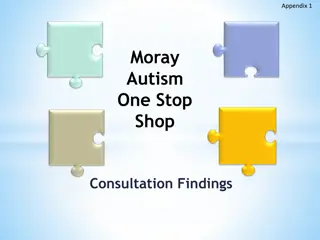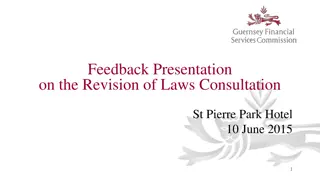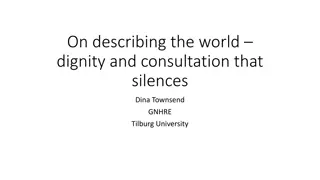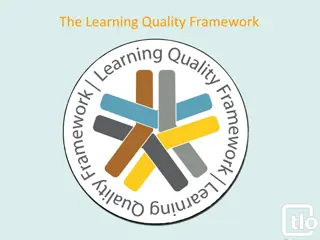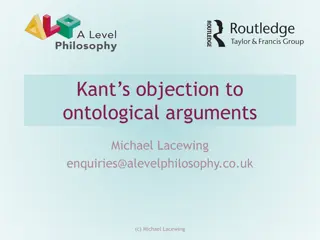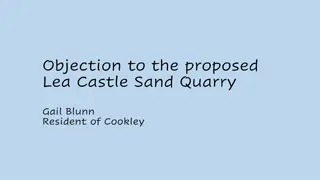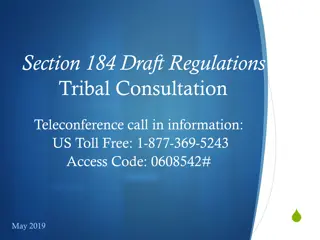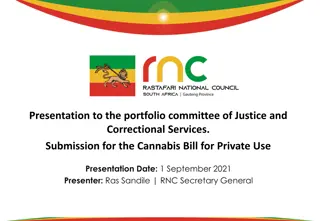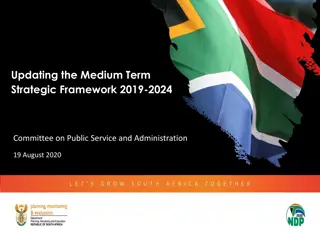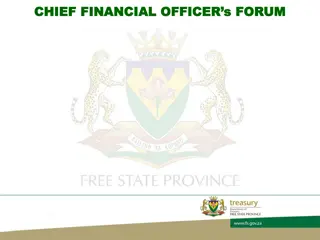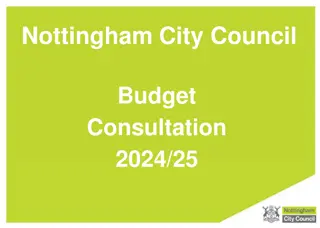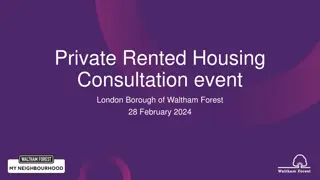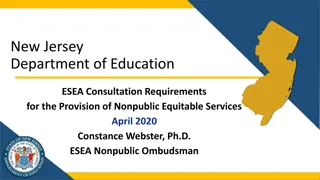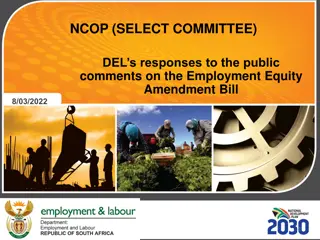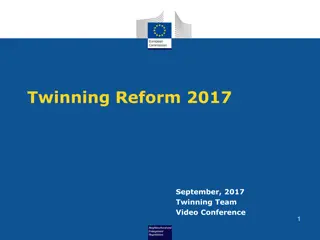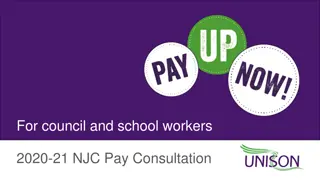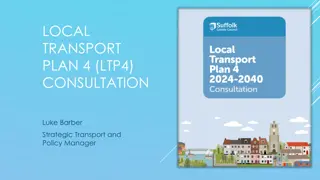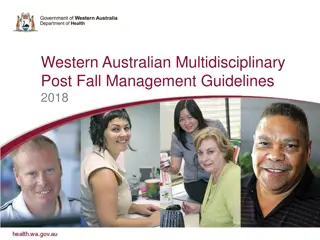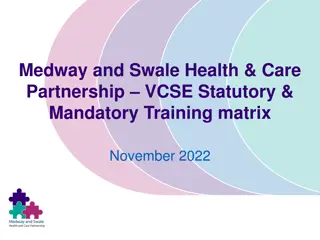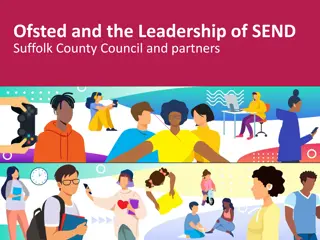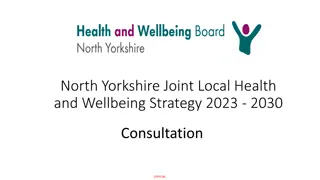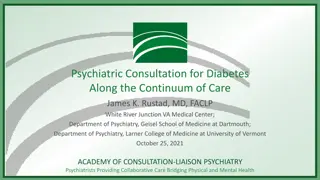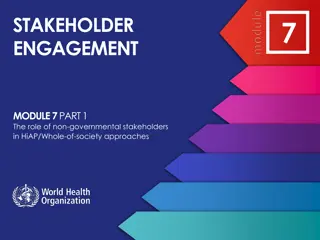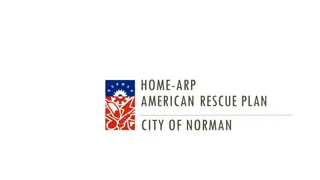Post-Objection Consultation Framework Overview
The post-objection consultation framework consists of three key components: customer experience principles, a standardized process approach, and a matrix for internal use. The customer experience principles focus on transparency, voice, fairness, and education throughout the objection process. The standardized process includes steps such as submission, mediation assessment, modifications, decision acknowledgment, and appeal communication. The framework aims to ensure a clear, inclusive, and informative experience for all parties involved in the objection process.
Download Presentation

Please find below an Image/Link to download the presentation.
The content on the website is provided AS IS for your information and personal use only. It may not be sold, licensed, or shared on other websites without obtaining consent from the author. Download presentation by click this link. If you encounter any issues during the download, it is possible that the publisher has removed the file from their server.
E N D
Presentation Transcript
Engagement consultation framework Page 1
Post-objection consultation framework overview The three key components of the consultation framework are: Customer experience principles that serve as a guide for the consultation experience A standardised process approach to post-objection consultation presented in a clear and jargon-free format A matrix for internal use that outlines the key high-level differences in the post-objection consultation process dependent on contributing factors 1. Customer experience principles 2. Standard post-objection consultation process 3. Matrix variations and internal process maps Voice Transparent Fairness Education OFFICIAL
1. Post-objection consultation CX Principles These principles were developed based on the framing of procedural justice, DTP consultation meeting summary report, feedback from focus groups and 1:1 s, and conversations with statutory planning teams on what success looks like. These principles call out what council s want community members to experience when engaging in the objection process. Transparent Voice Fairness Education The process is transparent and inclusive so that all parties have the relevant information to fairly articulate their opinions All parties have opportunities for genuine interaction and to raise concerns Objectors experience a process that is fair, balanced, consistent, and provides reasonable opportunities for genuine engagement and consideration Objectors and Applicants should feel educated and informed throughout the process as to why outcomes were reached Implementation notes: Delete these notes prior to publishing this solution. These principles are a guide and should be reviewed and updated to suit your Council s principles. OFFICIAL
2. Post-objection consultation Process No mediation held If a meeting is determined to have no merit, submitters receive automated next steps email update (i.e., under consideration or under assessment ) 1 2 3 4 5 6 7 8 Submission received Council receives your submission. You can access the objection lodgement page here [insert link] Mediation value assessed Our Planning Officers will assess the value in going to a mediation meeting. This depends on many factors, such as the willingness of each party to compromise, and the relevant policies. Mediation If mediation is held, our Planning Officers will select the most appropriate way to hold the session. For example, this could include a F2F, or virtual meeting between parties. Modifications And review If an agreement is reached on modifications, our Planning Officer will select the most appropriate way to communicate changes. If no agreement is reached, the application will be reviewed, and a decision made. Acknowledgement Council will let you know that your submission has been received via email. Notice of decision A Notice of Decision (NOD) will be issued by Council, included a summary of the key reasons for the decision. The NOD will include permit conditions, should a permit be issued. Submissions provided Council will provide all submissions to the applicant within 10 days of the advertising period closing. On request, community members can access redacted copies of submissions Just speak to a planning officer. Appeal decision (only if appeal is lodged) If the applicant or a submitter lodges an appeal with VCAT (Victorian Civil and Administrative Tribunal), the Tribunal can review Council s permit decision Communication If you ve lodged a submission, you can expect updates and communication from our team. From this point, you will receive information on the next steps as they arise. Communication Planning officer sends meeting summary and next steps to involved parties. Communication Application status is updated to reflect that the application is currently under assessment or consideration while the Planning Officer assesses the merits of the application. Communication If mediation is held, the planning officer will communicate meeting logistics and agenda (including key objection themes) to both submitter and applicant. This process map outlines the standard approach for managing post-objection consultations. This has been designed in a clear, jargon-free format that is intended to be made publicly available (on council s website) to ensure visibility and greater community understanding regarding the consultation process Implementation notes: Delete these notes prior to publishing this solution. This timeline has also been provided as a stand alone solution, so you can make amendments to it as required, just remember to update the image in this document after. OFFICIAL
3. Post-objection consultation Matrix key changes This diagram outlines the key high-level differences in the post-objection consultation process dependent on the application s financial value and how many objections are received. Planning Officer likely to play a larger intermediary role Possible utilisation of external facilitators or councillors Low High Number of objections More intimate mediation techniques that enable deeper conversations between select parties Mediation techniques that enable larger audience (i.e. objector) attendance Variations in these two factors will lead to suggested changes and/or additional considerations throughout the planning process. Potential consultation of additional Depts (e.g. economic development team) Increased focus on Personal concerns Scale of Financial value Low High Implementation notes: Delete these notes prior to publishing this solution. You can make this document more specific to your council by adding additional relevant considerations, or by specifying triggers that change your process, for example the number of objections that may change delegation. You can also build out this framework with any further principles that apply to your council. Reduced focus on economic issues Possible utilisation of external facilitators or councillors OFFICIAL


